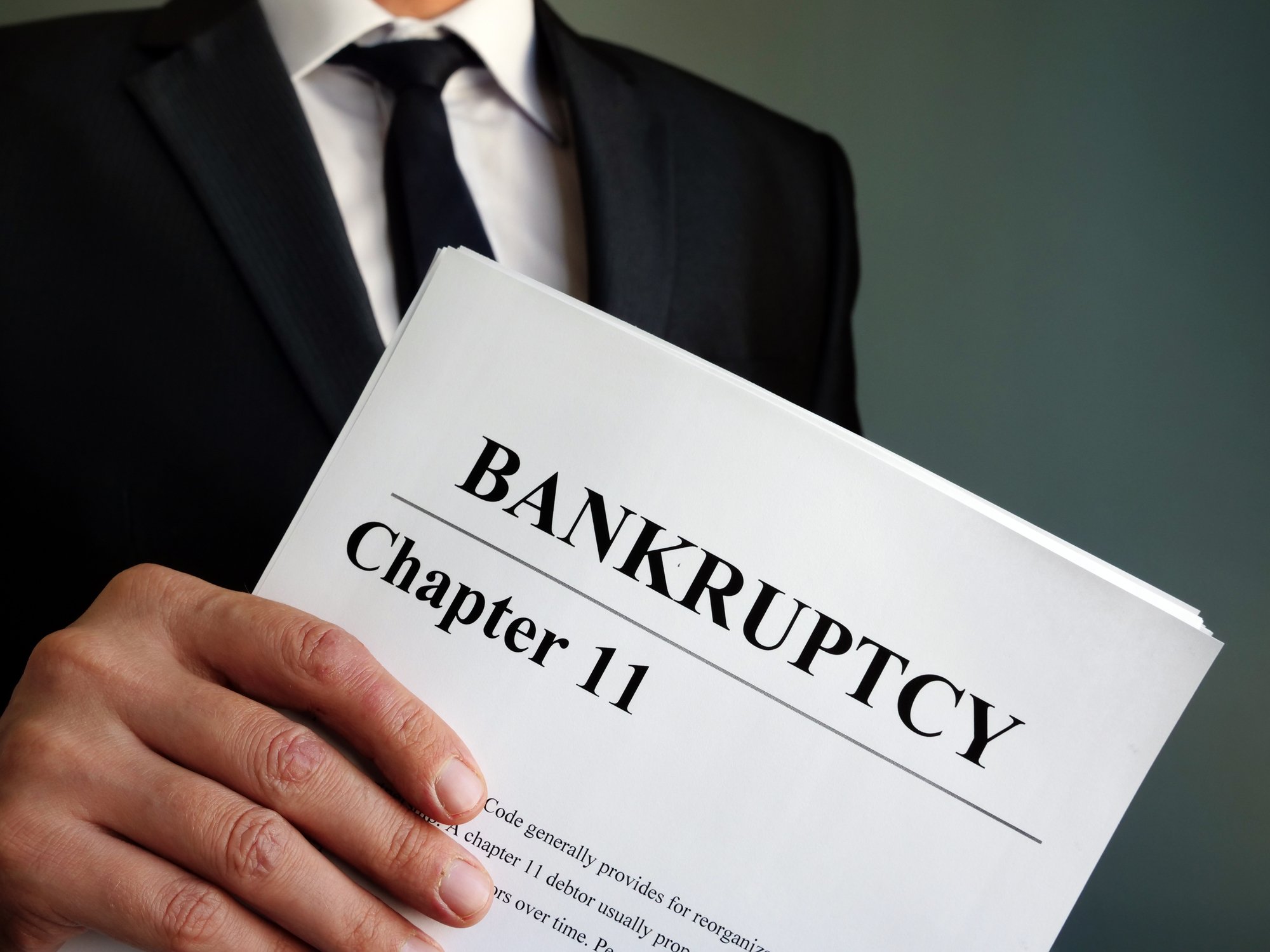A wildcatter is a term for someone that drills exploration wells in areas not known for previous oil and gas production. These wells were drilled so far away from existing formations that some joked that only wildcats lived there. Those exploring for oil in these remote areas were taking on a greater amount of risk in coming up dry.
In more recent years we've seen a similar boom in wildcat activity, especially in exploring for natural gas. This caused a great land rush as oil and gas explorers hurried to snap up acreage. The steam was let out of the great gas rush as prices deflated heading into the financial crisis.
Many of the leaders of the gas rush have seen shares of the companies they lead also deflate. These same companies had already taken on massive amounts of debt to build their empire. This caused many to be caught flat footed as they went up against debt covenants, lease expiration, and joint venture agreements as cash flow dried up.
This has taken its toll on investors who have subsequently taken out their frustrations on these management teams. So far this year we've seen embattled Chesapeake Energy (CHK +0.00%) CEO Aubrey McClendon "retire" with the likelihood that SandRidge Energy (NYSE: SD) CEO Tom Ward will soon be following suit. McClendon's retirement didn't last very long as he's already lined up new work, but it still begs the question of whether or not we've seen the end of the wildcatter CEO.

Source: Chesapeake Energy
McClendon's new line of work has him starting back up in the private marketplace where he can operate outside of the constant attention from the media, analysts, and public investors. This constant attention is driven by the pressure to outperform. If shares are heading higher, everyone is happy, but if performance starts to lag then watch out.
It's understandable, as one of the millions of public investors out there I too prefer to see my shares gain in value. The problem is that all too often we don't truly understand the risks we are taking when we scoop up shares for our portfolio. We only see the promises of outsized returns.
Unfortunately, we rarely seem to learn our lesson that this time is different and that past bubbles that burst won't happen this time around. Investors and management teams so easily forget that risk, as so eloquently put by Carl Richards, "is what's left over when you think you've thought of everything else." Few could fathom falling prices let alone the weight of debt, nor did investors consider whether they were investing in a company that actually fit their risk tolerance. When the air came out of the bubble, a lot of people got burned.
Now, once burned and twice shy of those risks, most energy investors are steering clear of anything related to natural gas. That's why few are seeing the shift within the industry to actually live within cash flow. Take Ultra Petroleum (UPL +0.00%) for example, which from 2001 to 2011 grew its production by 1,911% while its reserves grew 1,019%. In the wake of low gas prices the company no longer pursuing growth for the sake of growth, instead, the company is focusing on returns.
To get there the company has toned down its growth program by stepping down its capital budget to align with cash flow. This has taken capital spending down from $1.56 billion in 2011 to $835 million last year. This year the company takes its disciplined capital allocation strategy even further by stepping down its capital budget to just $415 million. It's choosing to only invest in those wells that will generate an internal rate of return north of 20% even in a low an environment of low natural gas prices.
Others in the industry are taking a slightly different route as the trend has seen many shifting to higher return oil and NGL projects. Both Chesapeake and SandRidge are on a well-known journey to boost liquids production; however, both used a lot of debt to get there. Devon Energy (DVN 0.25%) on the other hand has an excellent balance sheet with over $7 billion in cash. It's reduced its debt by 34% since 2003 while also reducing its share count by 20% since 2004. It done this despite still being a heavy natural gas producer which still represents 61% of production. Devon represents what investors now want in a production and exploration company as it has a cash rich balance sheet, ample liquids cash flow and solid partners to develop its more prospective acres.
It would appear that this is the new model for independent exploration and production companies these days. This less risky model ensures that the company sticks around though the next commodity down cycle. That means we could possibly have seen the last of the wildcatter CEO, at least until the next commodity up cycle when investors have long forgotten what happened last time they failed to realize risk is more than a mere word.







